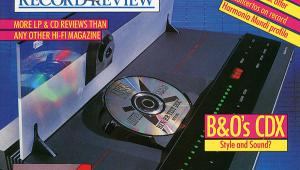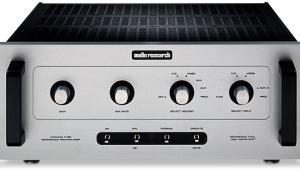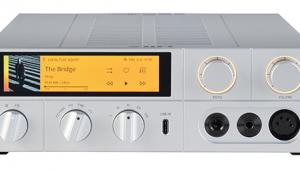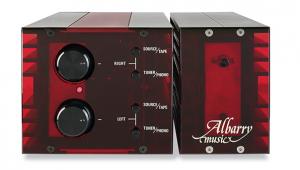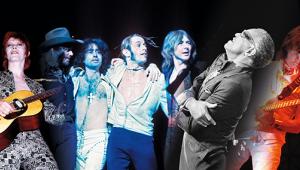Enlightened or Ultralink?
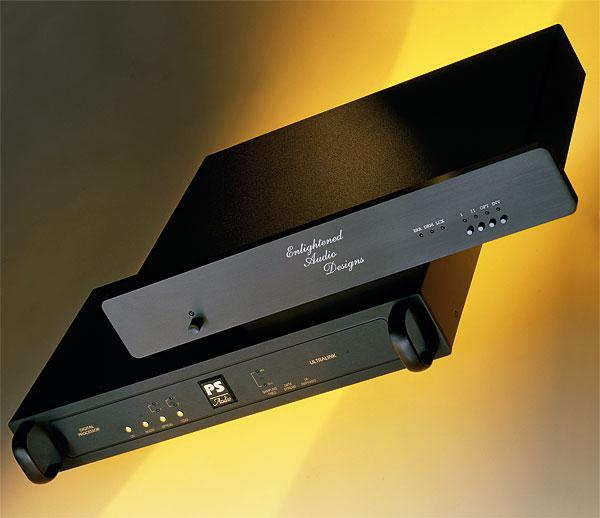
 Martin Colloms hears two outboard DACs featuring 20-bit chips in custom circuits – Enlightened Audio Designs' DSP7000 and the PS Audio Ultralink
Martin Colloms hears two outboard DACs featuring 20-bit chips in custom circuits – Enlightened Audio Designs' DSP7000 and the PS Audio Ultralink
American specialists, like their UK counterparts, continue to develop new variations on the available digital technology to produce DACs with audiophile appeal. This review covers two of the more intriguing examples, using some of the most advanced devices available to designers. The Enlightened Audio Designs DSP7000 is based on the 20-bit Analog Devices chip, while PS Audio has chosen an Ultra Analog dual 20-bit converter. What bearing the two choices of technology will have on sound quality remains to be seen!
EAD DSP7000
Beginning in the audio business as an upgrader of Rotel and other CD players, Enlightened Audio Designs (EAD), based in Iowa, rapidly gained expertise in the field of digital audio technology. It now produces its own equipment, and the first unit to appear is the DSP7000 DAC. The standard unit reviewed here has a phono socket output at a fixed level of 2V. Digital inputs include two coaxial and one Toslink optical while a reclocked, buffered digital output is provided. Mains input is via an IEC three-pin terminal. Extra cost options include fully balanced audio outputs with switchable level, plus the AT&T glass fibre optical interface for digital connection.
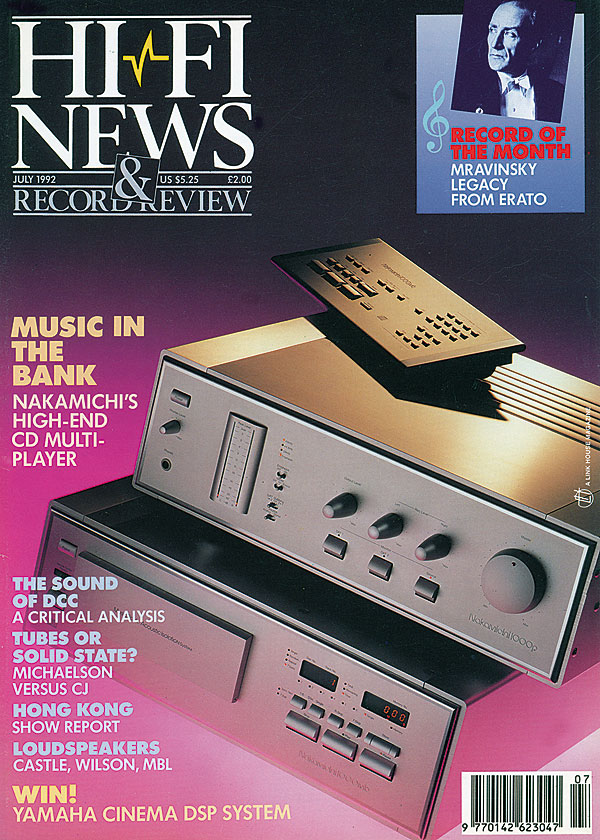
When powered up, the input selection must be made, as this unit lacks auto switching. Indication is given of the input selected, whether the signal has been locked, if it has emphasis, if data errors are present, and finally whether absolute phase inversion has been selected. Inside it is possible to configure the phase switch to match a given preamp or power amplifier inversion and thus correct the system via this source. The unit is heavily built from steel and alloy sections, the electronics are soundly constructed and it tips the scales at 22Ibs.
Fine Words
The DSP7000 is multibit and employs a pair of selected 20-bit Analog Devices AD1862 chips, with independent local voltage references. These are fed 20-bit digital words from the high precision Burr-Brown DF1700P filter, which is a high-order, low-ripple design of 199 taps, originating at NPC. Low jitter (<200psec) is claimed by using the Crystal ADIC CS8412.
A proprietary aspect of the design is the 'Acculinear' circuitry contained in a chip composed primarily of discrete devices rather than a fully linked integrated circuit. This is claimed to execute the I/V conversion step with much lower overshoot and distortion on transients than the usual choice of an integrated op-amp. A sweeter, more natural sound is said to result.
De-emphasis is passively switched by relay. The output amplifiers and filter stages use fast AD841 op-amps, adjusted for offset and DC coupled at the output. Non invasive relay muting is employed.
Another surprising feature is the facility for the user to switch the oversampling rate between 4x or 8x. This is a fascinating detail. As supplied it was set to 4x, but in theory 8x is better, since this moves alias noise further out of the band and improves high-frequency resolution at low levels. In practice, at the higher rate the DAC is worked harder, with the ratio between settled output data and sampling switching transients impaired. Four times oversampling improves the ratio in favour of data precision.
Power Unplugged
The sonic difference is subtle and the user is left to make up their own mind on this unusual facility. The switch requires access to the interior and the mains terminals on the back of the power terminal are not shrouded. This means that the power cable should be detached before undoing any screws.
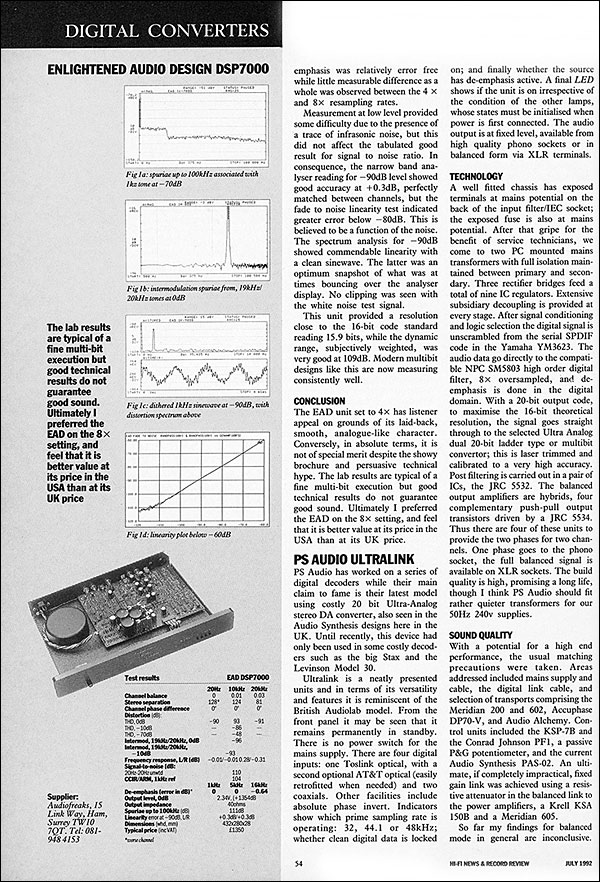
An oversized toroidal transformer is incorporated, with eight secondaries feeding separate rectifier sections and reservoirs to aid isolation between stages. Eight chip regulators feed clean power to various stages. The audio path is mirror symmetrical, effectively double mono from the digital filter onwards. Top quality Tiffany audio connectors are fitted and the whole unit suggests a careful, conscientious design.
![]() Analogue Allure
Analogue Allure
The DSP7000 was tried on both 4x and 8x oversampling modes. On the former the unit showed an exceptionally smooth and well controlled nature, one that might well appeal to fans of analogue who are disturbed by the brightness and forwardness of some digital replay. The midrange had noticeably less glare than usual with natural string tone, and pleasant singing voice.
On the other hand, the treble sounded slightly softened, and although free of lispy edges or perceptible grain it also sounded rather dry. More air and sparkle would have been welcome, and there was perceptible reduction in atmosphere on familiar recordings.
However, the bass register sounded big – this quality again aiding the impression of a full sound. Conversely, when played on systems with good bass attack, the DSP7000 bass showed some slowness and heaviness, and the bass definition will be bettered by other digital decoders in this price range.
Stereo images showed a natural, well balanced perspective with good width. Depth was above average, but neither this nor transparency were felt to be in the audiophile class. Focus rated above average too. Switched to 8x there was a clear change. Now it sounded more 'digital' – which in fact may not be to all tastes. The treble was more sibilant, with a trace of lispiness and edge. In addition the midrange was harder with a more forward presentation. Nevertheless, the mid would still rate as well above average in terms of neutrality.
On the positive side the dynamics improved to 'good plus', the sound being both clearer and more lively. Definition and detail were better, and greater depth and transparency were apparent.
Conclusion
Overall, set to 4x, the DSP7000 has listener appeal on grounds of its laid-back, smooth, analogue-like character. Conversely, in absolute terms, it is not of special merit despite the showy brochure and persuasive technical hype. Ultimately I preferred its presentation on the 8x setting, and feel it is better value at its price in the USA than in the UK.



